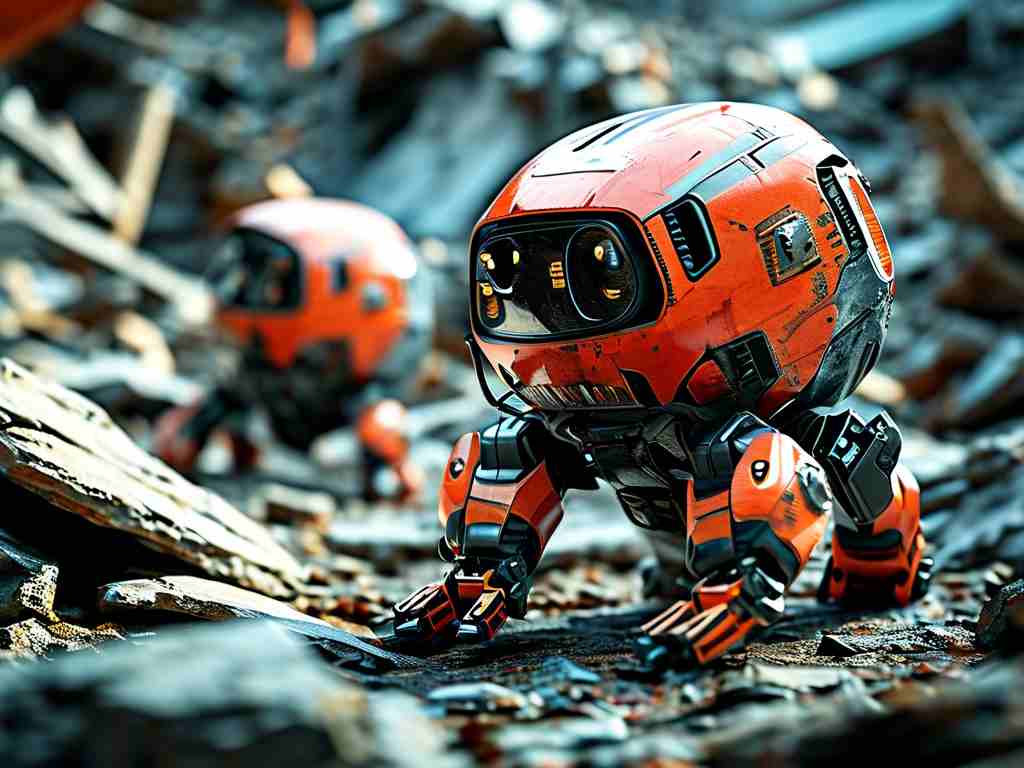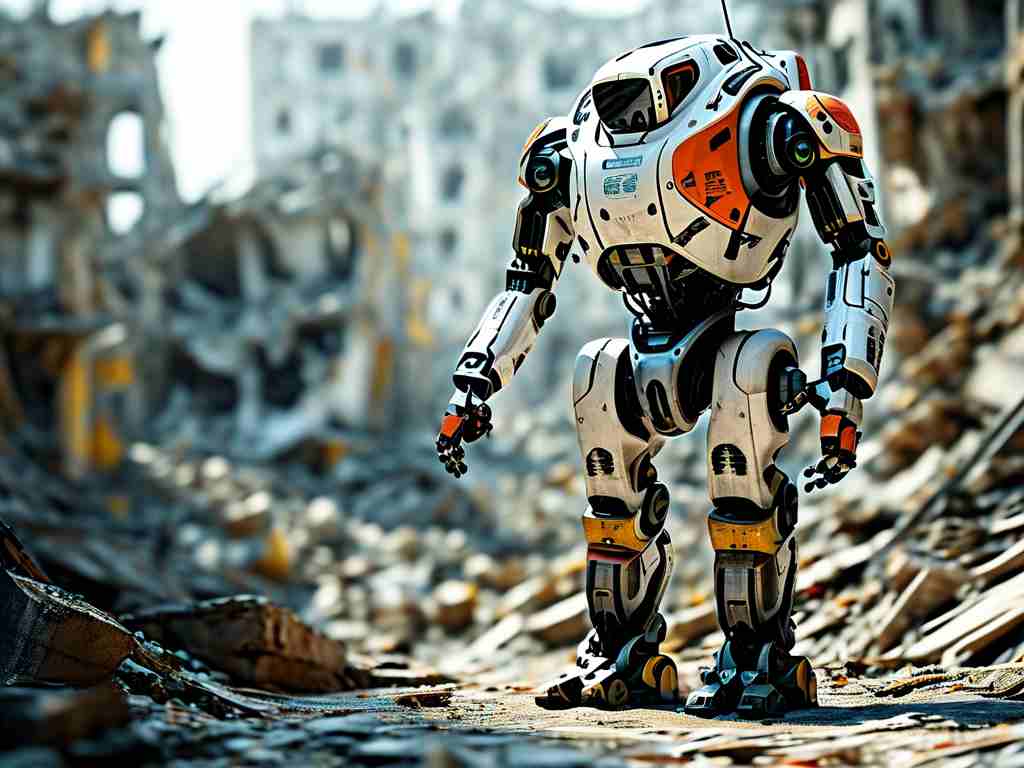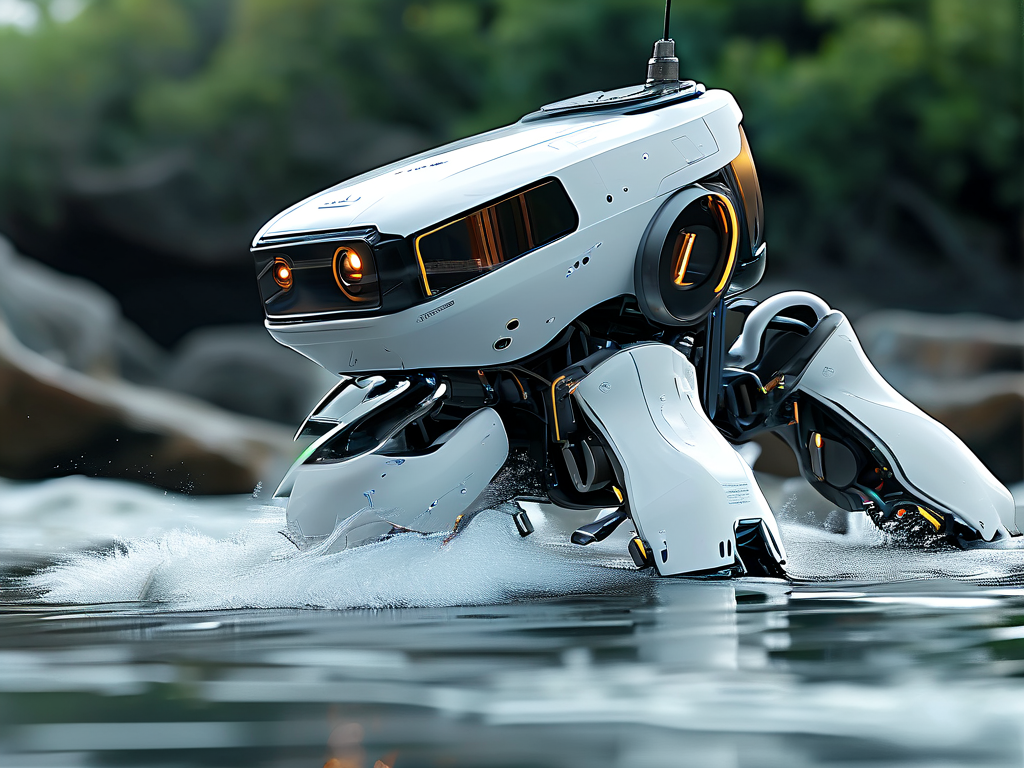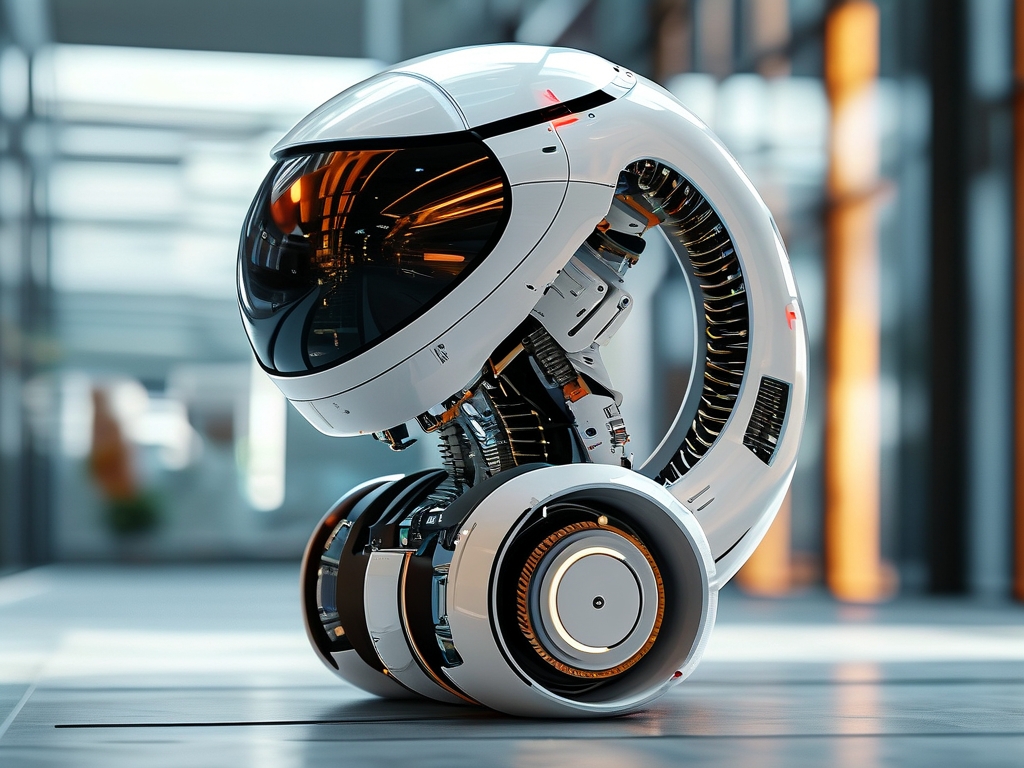Earthquakes remain one of nature’s most devastating phenomena, often leaving collapsed structures and trapped survivors in their wake. Traditional search-and-rescue operations face immense challenges, including unstable debris, hazardous environments, and time-sensitive conditions. In recent years, advancements in earthquake rescue robot technology have emerged as a transformative solution, blending engineering prowess with artificial intelligence to redefine disaster response strategies.

The Evolution of Rescue Robotics
Modern rescue robots are designed to navigate complex terrains inaccessible to human responders. For instance, snake-like robots equipped with articulated joints can slither through narrow gaps in rubble, while quadrupedal robots mimic animal locomotion to traverse uneven surfaces. These machines integrate LiDAR sensors and 3D mapping tools to create real-time structural assessments, enabling responders to identify safe pathways and locate survivors efficiently.
A standout example is Japan’s Active Scope Camera, a flexible robot prototype that uses vibrating bristles to "swim" through debris. During a simulated collapse test in 2023, the device located mock victims 40% faster than human teams. Similarly, the University of California’s CRASAR (Center for Robot-Assisted Search and Rescue) has deployed drone swarms equipped with thermal imaging to detect body heat in disaster zones, significantly reducing false positives in victim identification.
Core Technologies Driving Progress
- AI-Powered Sensing Systems: Machine learning algorithms process data from multispectral cameras, gas detectors, and acoustic sensors to distinguish between human movements and environmental noise. For example, MIT’s Resonance Frequency Analysis tool analyzes vibrations in rubble to pinpoint tapping sounds from survivors.
- Modular Design Philosophy: Robots like the TRADR (Task-Based Resilience and Recovery) system feature interchangeable components, allowing rapid adaptation to shifting mission requirements. A single base unit can switch from debris removal to medical supply delivery by swapping tool attachments.
- Human-Robot Collaboration Interfaces: New control systems, such as haptic feedback gloves, let operators "feel" a robot’s surroundings remotely. This tactile interaction improves situational awareness—a critical factor when manipulating fragile debris near trapped individuals.
Field Applications and Limitations
During the 2023 Türkiye-Syria earthquake, Turkish engineers deployed ANKA-3 drones with synthetic aperture radar to scan 12 square kilometers of devastation in under six hours. Ground robots then used this data to extract 17 survivors from collapsed apartment blocks. However, technical barriers persist. Battery life remains a bottleneck, with most robots operating for only 2–4 hours under heavy loads. Communication latency in GPS-denied environments also hampers real-time decision-making.
To address these issues, researchers at ETH Zurich are testing hybrid power systems combining hydrogen fuel cells with solar panels. Meanwhile, Boston Dynamics’ Spot robot has demonstrated autonomous navigation using SLAM (Simultaneous Localization and Mapping) algorithms, reducing reliance on external networks.
Ethical and Operational Considerations
While rescue robots offer immense potential, their deployment raises questions. High costs—some units exceed $150,000—limit accessibility for developing nations. Additionally, over-reliance on automation risks desensitizing responders to on-ground realities. The International Red Cross has issued guidelines emphasizing robot-assisted (not robot-replaced) rescue frameworks to maintain human oversight in life-critical decisions.
Future Directions
The next frontier involves swarm robotics, where hundreds of micro-robots collaborate like insect colonies. A 2024 Stanford study showcased coin-sized bots that collectively lift heavy objects using magnetic coordination—a concept that could revolutionize debris clearance. Another area of focus is self-healing materials; the EU’s RoboSurvivor Project is developing polymer-based robotic skins that repair minor damage autonomously during missions.
As climate change intensifies seismic risks, the fusion of robotics, AI, and 5G connectivity promises faster, safer rescue outcomes. Yet, as Dr. Elena Garcia from the UK’s Rescue Robotics Institute notes, “Technology must serve empathy, not replace it. Every second saved by a robot is a chance to uphold our humanity in the face of disaster.”







